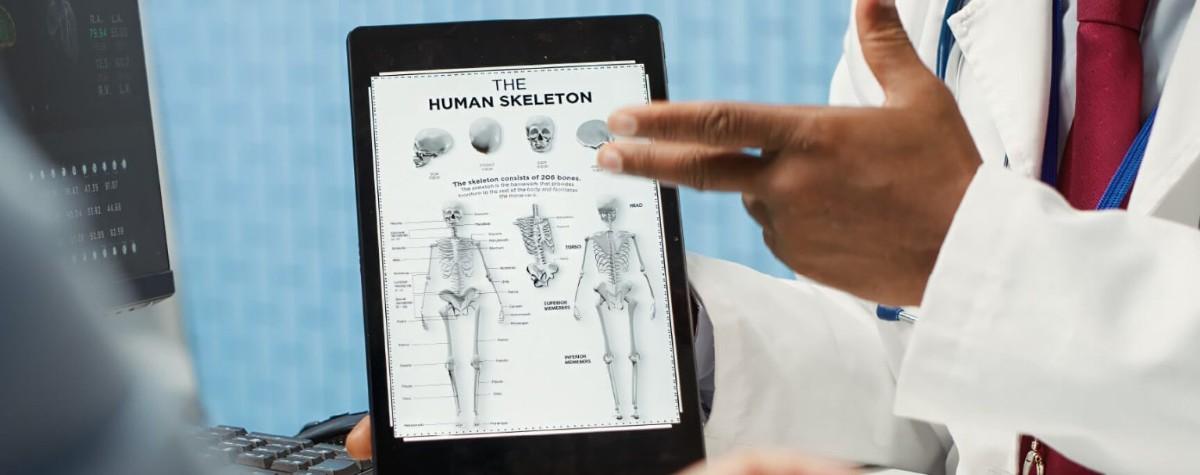


Telemedicine app development enables remote care, e-prescriptions, and patient monitoring, improving healthcare access and efficiency.
Telemedicine app development builds software for remote doctor consultations and patient check-ups. These apps bridge healthcare professionals with patients via video calls, secure messages, and interactive interfaces. That helps practitioners to provide care without immediate face-to-face interactions; hence, simplifying access to medical care. Telemedicine applications also manage appointment scheduling, e-prescribing, and sending reminders.
Telemedicine apps do not only conduct remote consultations. They also integrate with entire healthcare platforms, such as patient forums, insurance claims processing, and providing medical information libraries. Remote patient monitoring enables providers to keep track of patients’ vital signs. This helps them intervene and provide care whenever necessary. Telehealth app development eliminates geographical boundaries and facilitates easier communication.
In this blog, we will explore its market growth, essential features, and benefits for both patients and providers.
The telemedicine market is expanding rapidly, driven by increased use of digital services and increased demand for access to treatment remotely. North America is currently the leading region in the market, while Asia-Pacific has the potential for strong growth.
There are three types of telemedicine. When used effectively, all of these have a beneficial role in general health care and can significantly benefit both healthcare professionals and patients. Let’s discuss that in detail:
Store & forward telemedicine, or asynchronous telehealth where patient information is made available to health practitioners securely without the need for real-time communication. The information comprises medical images, lab results, and reports.
Secure transmission sends patient data to medical professionals while keeping it confidential. This process is often used across dermatology, pathology, and radiology. And they examine stored medical information to make diagnoses. This reduces waiting times.
Remote patient monitoring allows healthcare workers to check patients’ health without personal visits. Sensors and devices track vital signs and detect problems. They send alerts for quick medical help. This technology helps manage chronic illnesses, such as diabetes and heart disease. It does this by spotting early warning signs.
For example, fitness trackers and smartwatches monitor heart rate, and oxygenation. This keeps the user and physician aware of health and problems in an early state. Telemedicine solution providers use IoT, and remote monitoring devices to enhance proactive care, reduce hospitalizations, and improve long-term disease management.
Real-time telemedicine allows health professionals and patients to consult through live video and audio calls. It works well for routine check-ups, urgent care, and mental health support. Tools like Zoom for Healthcare provide secure virtual consultations.
EHR systems and e-prescription software help providers access records and prescribe medication online. A healthcare app development company develops secure, easy-to-use telemedicine platforms for real-time use.
